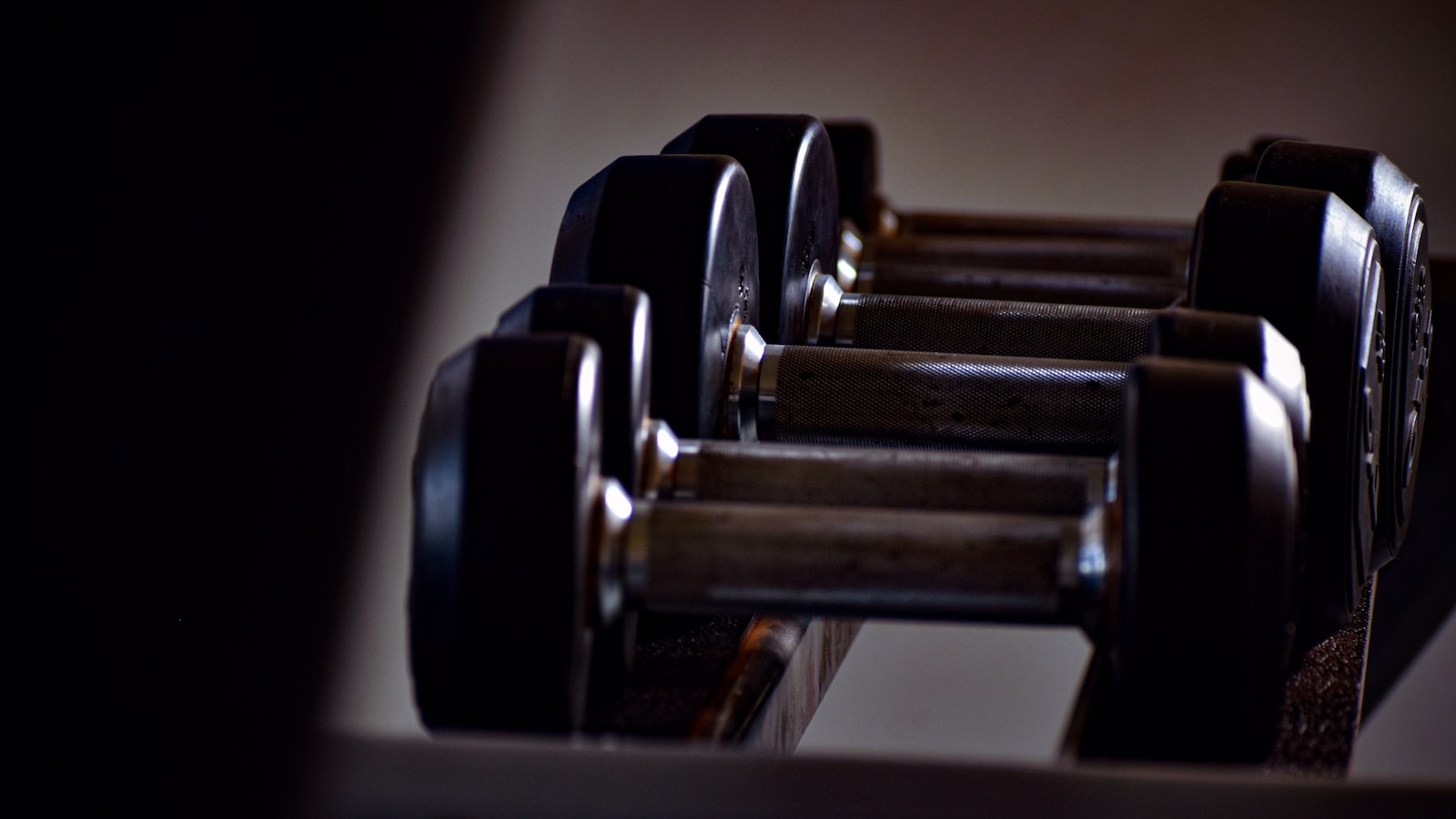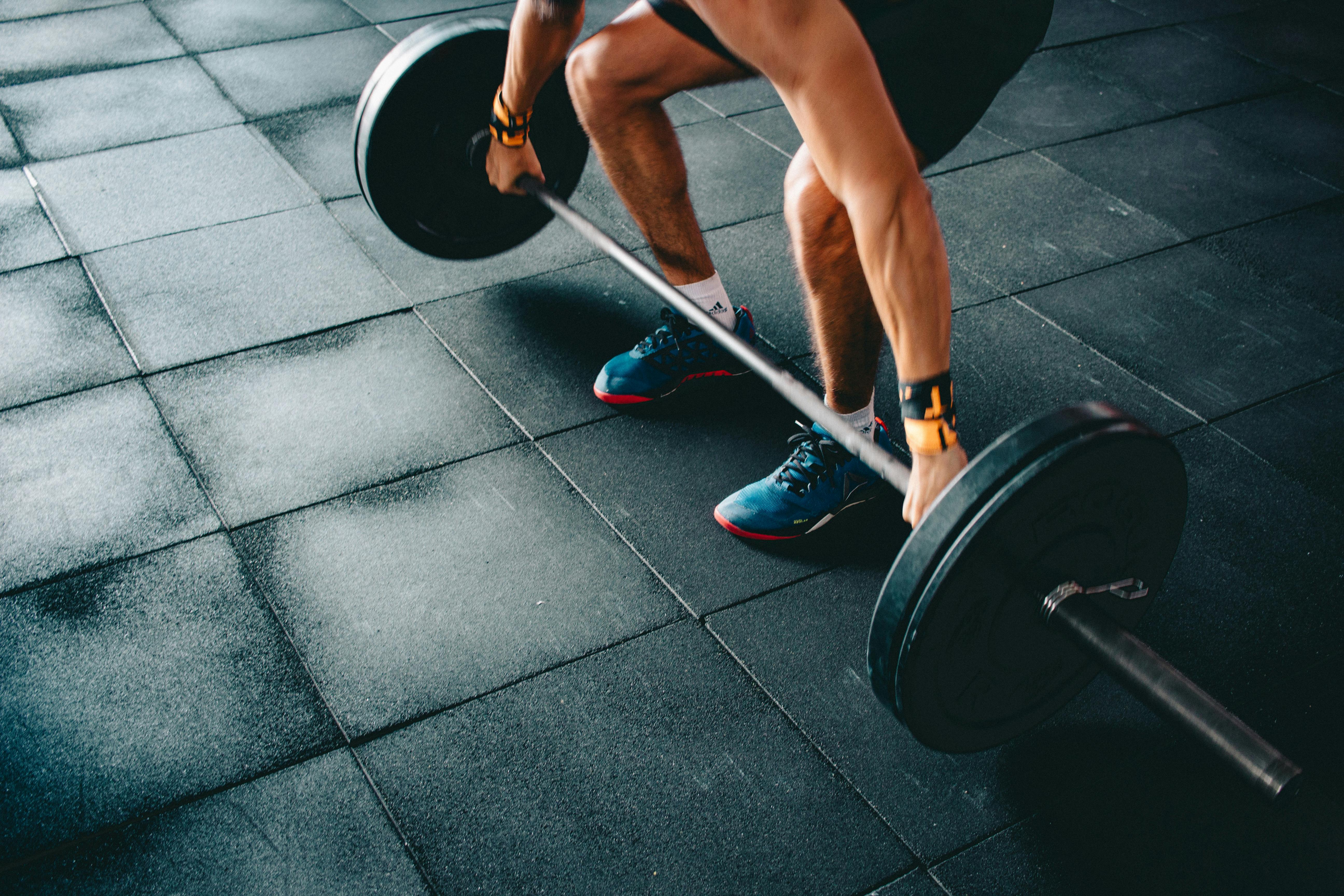How To Wear Lifting Belt

A lifting belt is an essential piece of equipment for those who participate in weightlifting exercises. It helps to provide additional support to the back and abdomen, allowing the user to lift heavier weights with greater safety. Wearing a lifting belt correctly is important in order to ensure that it provides the maximum benefit. This article will provide a brief overview of how to wear a lifting belt correctly.1. Start by choosing the appropriate size of belt. The belt should fit snugly around your waist and be not overly tight.
2. Place the belt around your waist with the buckle at the front.
3. Pull the end of the belt through the buckle and tighten it around your waist. Make sure that it is not too tight and that you can breathe comfortably.
4. Secure the belt by looping the end of the belt through its own loop, then pull it back through to secure it in place.
5. Test to make sure that the belt is secure by tugging on it gently with both hands to ensure that it will stay in place during your workout session.
Weightlifting Belts
Weightlifting belts are an essential piece of equipment for many strength training exercises. They provide extra support to the lower back and abdominal area during heavy lifting, helping to reduce the risk of injury and improve your overall performance. There are a variety of different types of weightlifting belts available, each designed for a specific purpose. Depending on your goals and type of exercise, one type may be more suitable than another.
Leather Belts
Leather weightlifting belts are one of the most popular types of belts used by strength athletes. They are usually made from thick leather that has been treated to be extra strong and durable. Leather weightlifting belts provide good support and stability while also allowing for flexibility in movement. Another benefit is that they look good and can last a long time if properly cared for.
Velcro Belts
Velcro weightlifting belts are a great option for those who want an adjustable belt that can be easily adjusted on the fly. These types of belts use Velcro straps that can be quickly fastened or loosened as needed during exercises, allowing you to adjust the fit quickly and easily. Velcro weightlifting belts are lightweight, comfortable, and provide excellent support for your lower back while lifting heavier weights.
Nylon Belts
Nylon weightlifting belts are another popular option for strength athletes who want an adjustable belt that is lightweight and comfortable. These types of belts use nylon straps that can be easily adjusted on the fly, providing a snug fit without sacrificing breathability or comfort. Nylon weightlifting belts are perfect for those who need extra support during their workouts but don’t want to sacrifice flexibility or mobility while doing so.
The Benefits of Wearing a Lifting Belt
A weightlifting belt is an important piece of equipment for any serious lifter. Belts provide support to the spine and help to reduce the strain on your back during heavy lifts. They can also help increase power output and improve form. Here are some of the benefits you can experience when wearing a lifting belt:
Increased Intra-Abdominal Pressure
When you wear a belt, it helps to create additional intra-abdominal pressure (IAP). This increased pressure helps stabilize your spine and core muscles, allowing them to work together more efficiently. This can lead to improved posture, strength, and power.
Reduced Risk of Injury
Wearing a belt helps protect your spine from injury when lifting heavy weights. The increased IAP created by the belt reduces the risk of strain on your back muscles and vertebrae. This is especially beneficial for those who are new to weightlifting or those who may have pre-existing injuries or weak spots in their back muscles.
Improved Form
The added support provided by a weightlifting belt can help improve your form when performing heavy lifts. It allows you to focus on proper form, which is essential for avoiding injury and achieving maximum results from your training. The belt also provides feedback as you lift, helping you stay aware of how your body is moving.
Increased Power Output
The increased IAP created by wearing a weightlifting belt can help improve performance. This is because it allows you to recruit more muscle fibers, resulting in more power output during lifts like squats and deadlifts. This can lead to faster gains in strength and size over time.
In conclusion, wearing a lifting belt has numerous benefits that make it an essential piece of equipment for any serious lifter. It helps increase IAP, reduce risk of injury, improve form, and increase power output. So if you’re looking for ways to maximize your results in the gym, investing in a quality lifting belt is definitely worth considering!
Choosing the Right Size Lifting Belt
Lifting belts are an essential accessory for any serious weightlifter. Not only do they help keep your core and back muscles engaged during heavy lifting, but they also provide additional support for your spine and lower back. But choosing the right size lifting belt isn’t as simple as picking up the first one you see. It’s important to measure your waist before selecting a belt so that you get one that fits properly and provides you with maximum support while lifting.
The easiest way to measure your waist is to wrap a flexible measuring tape around your torso at the level of your belly button. Pull it snugly but not too tight, and make sure the tape is parallel with the floor. If you don’t have a flexible measuring tape, you can measure around your body using a piece of string or ribbon and then lay it out flat on a ruler or yardstick to get an accurate measurement.
Once you know what size belt you need, it’s time to start shopping for one. Most lifting belts come in sizes ranging from small (24-30 inches) to extra-large (41-45 inches). Some belts may also come in “one size fits all” options that feature adjustable straps or buckles, which can be helpful if you’re between sizes or if you’re sharing the belt with someone else who has a different waist size than yours.
In addition to selecting the right size belt, it’s also important to consider what material it is made from. Leather belts are generally preferred by serious lifters because they are more durable than fabric or nylon belts and provide more support while lifting heavy weights. However, fabric and nylon belts can still be effective when used for lighter weights.
Finally, make sure that whichever belt you select has enough padding in it for comfort and stability during lifts. A well-padded belt should fit snugly against your waist and have enough cushioning on the inside of the belt so that it doesn’t dig into your skin when performing exercises like squats or deadlifts.
Choosing the right size lifting belt is an important part of any weightlifting routine. Taking time to measure your waist accurately and select a belt made from quality materials will ensure that you get maximum support while lifting and avoid any potential injuries due to improper form or inadequate support from your equipment.
When to Wear a Lifting Belt
Wearing a lifting belt can be beneficial when it comes to weightlifting and other strength-training exercises. It helps provide additional stability and support for your core, spine, and lower back muscles. However, not everyone needs to wear a lifting belt all the time. Knowing when to wear a lifting belt is important in order to get the most out of your workouts and avoid injury.
A lifting belt should only be used during heavy lifts, such as squats, deadlifts, and overhead presses. These exercises involve large amounts of weight and stress on the core and lower back muscles. Wearing a lifting belt can help provide extra support for these areas during these exercises.
It is also important to note that wearing a lifting belt too often can have an adverse effect on your posture and form. If you are using a lifting belt too often, it can become a crutch and lead to poor form which increases the risk of injury. Therefore, it is important to use a lifting belt only when absolutely necessary for heavy lifts.
In addition to knowing when to wear a lifting belt, it is also important to understand how to properly use one. A lifting belt should be worn snugly around your waist with the buckle positioned slightly off-center so that you are able to take deep breaths while wearing it. The belt should also be adjusted properly so that you are able to maintain proper form throughout your workout without any discomfort caused by the belt itself.
Ultimately, knowing when and how to properly use a lifting belt is key in order to get the most out of your workouts without increasing your risk of injury. Wearing one occasionally during heavy lifts can help provide extra stability and support for your core muscles while helping you maintain proper form throughout your workout session.

How Tight Should A Lifting Belt Be?
A lifting belt is an essential piece of equipment for weightlifters and other athletes who lift heavy weights. When it comes to deciding how tight the belt should be, there are a few factors to consider. Firstly, the belt must be tight enough to provide support and stability during the lift, but not so tight that it restricts breathing or causes pain or discomfort. Generally speaking, for most lifts, the belt should be tightened until it fits snugly around the lower abdomen and lower back. It should not be so tight that it digs into your skin or restricts movement.
When squatting or doing any type of heavy lifting, the belt should be tightened as much as possible without causing discomfort. This will provide a great deal of stability and support, which can help prevent injury. For lighter lifts such as overhead presses or deadlifts, a slightly lighter amount of tension may be appropriate.
The fit of the belt is also important when determining how tight to wear it. A good quality lifting belt should fit comfortably around your waist without being too loose or too tight. If you have a larger waist size, you may need to go up one size in order to get a good fit and proper support. Additionally, if you have any medical conditions that could affect how tightly you should wear a lifting belt, consult with your doctor before using one in order to ensure safety.
In conclusion, when wearing a lifting belt it is important to make sure that it is fitted correctly in order to provide maximum support and stability during lifts while avoiding discomfort or pain. Finding the right balance between too loose and too tight can take some trial and error but with practice you will be able to find the ideal level for your body type and activity level quickly and easily.
Common Mistakes When Wearing a Lifting Belt
Wearing a weightlifting belt incorrectly is one of the most common mistakes among beginner and experienced lifters alike. While the benefits of wearing a weightlifting belt are well known, it is important to wear the belt correctly in order to get the most out of it. Here are some of the more common mistakes when wearing a lifting belt.
The first mistake is wearing the belt too tight or too loose. The belt should be snug but not overly tight, as this can restrict your breathing and reduce your performance. Additionally, wearing the belt too loose can reduce its effectiveness as it won’t provide enough support for your back and core muscles.
Another common mistake is not using the belt during exercises that require stability and core strength. For example, exercises such as squats and deadlifts should be done with a weightlifting belt since they involve a lot of stabilizing muscles in order to move safely and effectively. Not wearing a lifting belt during these exercises can lead to injuries or poor form due to lack of support from the belt.
Finally, some lifters make the mistake of relying too much on their lifting belts and neglecting other important aspects of their training such as mobility drills and core exercises. While wearing a weightlifting belt can help provide support, it should not be used as an excuse to skip out on other important parts of your training program.
In conclusion, wearing a weightlifting belt correctly is essential for getting the most out of it while avoiding potential injuries. Make sure you know how tight or loose it should be, when to use it for certain exercises, and that you don’t rely too heavily on it for your overall training program.
Using a Lifting Belt During Exercise
Lifting belts are an important piece of equipment for any bodybuilder or weightlifter. They provide support to the lower back while lifting heavy weights, reducing the risk of injury. However, it is important to know how to use a lifting belt correctly in order to maximize its effectiveness. Here are some tips for wearing a lifting belt during exercise:
1. Choose a belt that fits snugly around your waist and does not slide up and down when you move. It should also be comfortable and not pinch your skin when you tighten it.
2. Tighten the belt just enough so that it supports your lower back and abdomen without being overly tight or restrictive. Too much pressure can cause discomfort and may even reduce performance in some cases.
3. Make sure to wear the belt during all exercises that involve heavy weights or intense movements, such as squats, deadlifts, and presses. It is not necessary to wear the belt during lighter exercises such as bicep curls or shoulder shrugs.
4. Avoid using the belt as a crutch while lifting heavier weights than you can handle on your own; this can lead to injury over time due to poor form or overtraining.
5. After each set of an exercise, loosen the belt until it is comfortable but still supportive before beginning the next set with a fresh grip on the belt and a full breath in your abdomen before initiating movement again
By following these tips, you can ensure that you are getting maximum benefit from wearing a lifting belt during exercise while minimizing your risk of injury.

Conclusion
In conclusion, wearing a lifting belt is an effective way to protect your back while strength training. It supports the core muscles of the abdomen and lower back and helps you maintain proper form when lifting. While it is not essential to wear a belt during every workout, it can be beneficial in certain types of exercises such as squats, deadlifts, and overhead lifts. The size and type of belt should be chosen based on your individual needs and comfort level. Ultimately, if used correctly, a lifting belt can help you stay safe while maximizing your gains in the weight room.
No matter what type of strength training you are doing, proper form should always be prioritized over heavier weights. A lifting belt should never be used as a substitute for proper form or technique and should always be used as an aid to help prevent injury rather than increase weight lifted. Be sure to ask for advice from a qualified trainer if you are unsure about how to incorporate a belt into your routine or if you have any other questions about how to safely use one.
